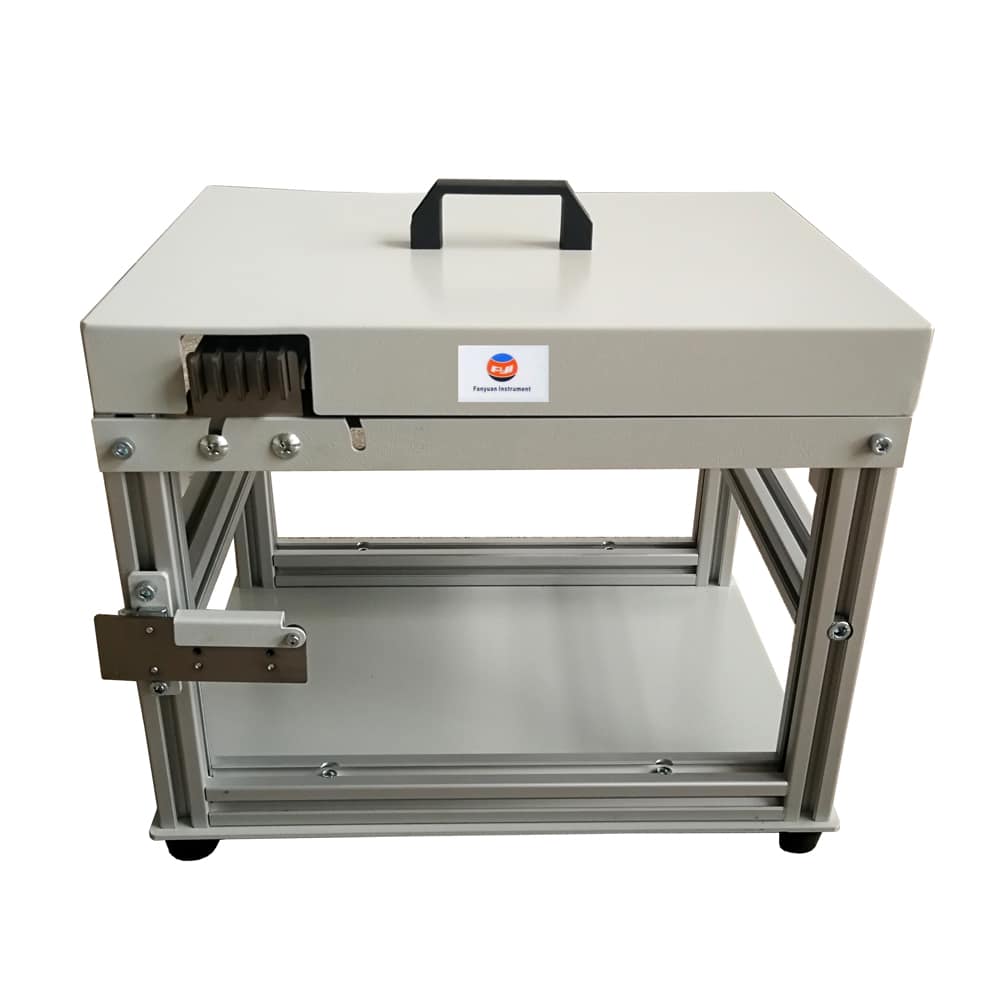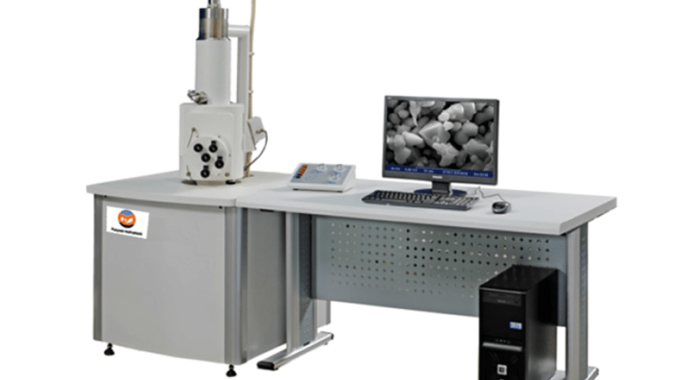
What You Need to Know about Wool Fibers
The Relations between wool fiber’s structure and properties and evaluation of quality of wool fibers.
Wool is a fiber, or modified hair, that grows from the skin of sheep. Because it is formed as a living substance, its growth is regulated by the inherited characteristics of the sheep and by the general condition of the sheep producing it. Wool’s range of desirable properties make it a valuable material for many different purposes, from high-end fashion to fire-resistant products and heavy-duty carpet. So, do you know how wool’s unique structure creates its many desirable properties? And how to evaluate the quality of wool fibers?
How the wool fibers relate to its properties?
Cuticle— Stain Resistance Property
On the outside of the wool fiber is a protective layer of scales called cuticle cells. They overlap like tiles on a roof. The exposed edges of the cells face away from the root end so there’s more friction when you rub the fiber in one direction than the other. This helps wool expel dirt and gives it the ability to felt. Wool felts when fibers are aligned in opposite directions and they become entangled.
The scales have a waxy coating chemically bound to the surface. This stops water penetrating the fiber but allows absorption of water vapour. This makes wool water-repellent and resistant to water-based stains.
Cortex— Crimp Property
The cortex – the internal cells – make up 90% of the fiber. There are 2 main types of cortical cells – ortho-cortical and para-cortical. Each has a different chemical composition. In finer fibers, these two types of cells form in two distinct halves. The cells expand differently when they absorb moisture, making the fiber bend – this creates the crimp in wool. In coarser fibers, the para-cortical and ortho-cortical cells form more randomly so there’s less crimp.
Fiber crimp makes wool feel springy and provides insulation by trapping air.
Macrofibril—Length Property
Inside the cortical cells are long filaments called macrofibrils. These are made up of bundles of even finer filaments called microfibrils, which are surrounded by a matrix region.
Matrix— Water Resistance Property
The matrix consists of high sulfur proteins. This makes wool absorbent because sulfur atoms attract water molecules. Wool can absorb up to 30% of its weight in water and can also absorb and retain large amounts of dye. This region is also responsible for wool’s fire-resistance and anti-static properties.
Microfibril—Strength Property
Within the matrix area, there are embedded smaller units called microfibrils. The microfibrils in the matrix are rather like the steel rods embedded in reinforced concrete to give strength and flexibility. The microfibrils contain pairs of twisted molecular chains.
Twisted Molecular Chain and Helical Coil— Resilience Property
Within the twisted molecular chains are protein chains that are coiled in a helical shape much like a spring. This structure is stiffened by hydrogen bonds and disulphide bonds within the protein chain. They link each coil of the helix, helping to prevent it stretching. The helical coil – the smallest part of the fiber – gives wool its flexibility, elasticity and resilience, which helps wool fabric keep its shape and remain wrinkle-free in use.
Determination of Wool Fiber Properties
Wool Fiber Length
Main Indicators
(1) Barbe (length): The average fiber length calculated based on the proportion of fibers of different lengths in the sample by weight, also known as weight weighted average length.
(2) Hauteur (length): The average fiber length calculated based on the proportion of fiber cross-section in the sample, also known as the quantity weighted average length.
Measuring Principle
Comb Sorter Method: A numerical sample of the fibers is taken and the fibers are classified by lengths. They are then divided into length groups and weighed.

Fiber Fineness
Main Indicators
Average Diameter: Theaverage value of the projected width of either the wool fiber or another fiber of reasonably circular cross-section.
Measuring Principle
(1) Air Permeability Method: A specified mass of fibers to be tested is compressed to a constant volume in a cylindrical chamber with perforated ends to which a flowmeter and a manometer are connected.The fibers are packed in such a way that they lie predominantly at right angles to the long axis of the chamber. A regulated current of air is then passed through the compressed fibers and the average fiber diameter read off from a scale on the manometer or the flowmeter.
(2) Projection Microscope Method: Projection on a screen of the magnified images of the profiles of wool fiber snippets, and measurement of their width by means of a graduated scale. The operating technique ensures a random sampling of the fibers to be measured.
Fiber Strength
Main Indicators
(1) Breaking force: The maximum force applied to a material carried to rupture, usually expressed as N or cN.
(2) Breaking strength: The breaking force per unit linear density, usually expressed as cN/dtex.
(3) Breaking extension: The extension length at stretching to break.
(4) Elongation at break: The ratio of the breaking extension of a material to the length of the material prior to stretching, expressed as a percent.
Measuring PrincipleMethod for individual fibers: An individual fiber is extended at a constant rate until rupture occurs. The breaking force and elongation at break are recorded. If the breaking tenacity is to be calculated, the linear density of the individual fibers or the mean linear density of the laboratory sample is also required.
Rate of Moisture Regain
Main Indicators
Rate of Moisture Regain: An indicator of moisture absorption of textile materials. Expressed as the percentage of moisture content in textile materials by weight to dry materials.
Measuring Principle
Oven Drying Method: Weigh a certain amount of test sample and place it in an oven at a certain temperature for drying, allowing the moisture in the test sample to evaporate until the test sample reaches a constant amount. The difference between the original mass and the oven-dry mass is calculated in percent, either as moisture content or moisture regain.


